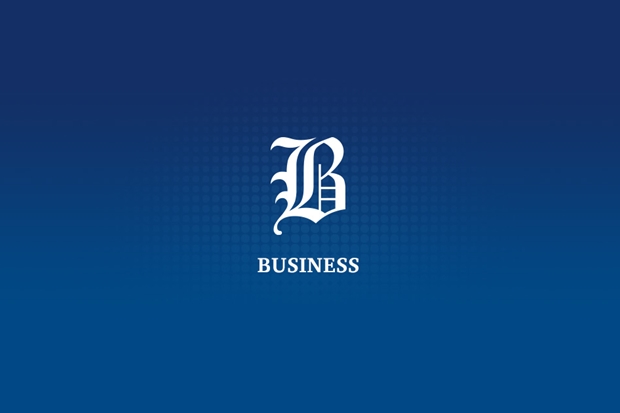Tisco anticipates positive loan growth this year
Tisco Bank is aiming to post positive loan growth for 2022 – for the first time since the Covid-19 outbreak – mainly driven by its expansion in used car and business loans.
The bank pegged total loan growth for 2022 at 5%, which would be the first year to record positive growth since loan expansion slowed in recent years due to the impact of Covid-19, it said. said Sakchai Peechapat, managing director of Tisco Financial Group, the holding company of Tisco Bank.
Tisco loans rose 0.9% in 2019, then recorded contractions for two consecutive years at 7.4% in 2020 and 9.7% in 2021.
He said selective growth is the bank’s key strategy to increase the total loan portfolio by 5% this year amid an uneven economic recovery and several uncertainties, especially the impact of the Omicron variant.
This year, the bank will primarily focus on used car loans, car title loans and business loans, in line with positive demand from the lending segments.
Car loans and associated vehicles are the bank’s core business and represent the largest share with 70.98% of total outstanding loans.
As of December 31, 2021, the bank’s total loan portfolio stood at 202.95 billion baht, of which 112.40 billion baht were car leasing loans and 31.67 billion baht were securities loans. car.
Initially, Tisco expected minimal new car sales for this year based on economic circumstances, but it has to wait for the exact figures announced by automakers.
As a result, the bank is primarily focused on growing used car loans rather than new car loans this year. Car title loans are also showing positive demand. This year, its total auto loan portfolio is expected to grow by 3-4%.
Additionally, Sakchai said demand for business loans, especially in the alternative energy and real estate sectors, has improved.
The environmental, social and governance (ESG) trend supported renewable energy investment projects, while central bank mortgage easing encouraged investment in new residential projects. The bank has established double-digit growth in business loans this year.
Given selective retail lending growth for used car loans and car title loans, which are high-risk segments, the bank’s non-performing loans (NPLs) could increase this year. But it would be at a controllable level within the framework of the bank’s strong risk management, he said.
The bank’s NPL ratio peaked at 3.98% in 2020 before falling to 2.5% at the end of the year, to continue to decline to 2.4% at the end of 2021, thanks to the restructuring measures of the debt.
The improvement in the NPL ratio also caused the bank to adjust the loan loss provision from 3.33 billion baht in 2020 to 2.06 billion baht in 2021.
As a result, Tisco posted a net profit of 6.78 billion baht in 2021, up 11.84% year-on-year.


Comments are closed.